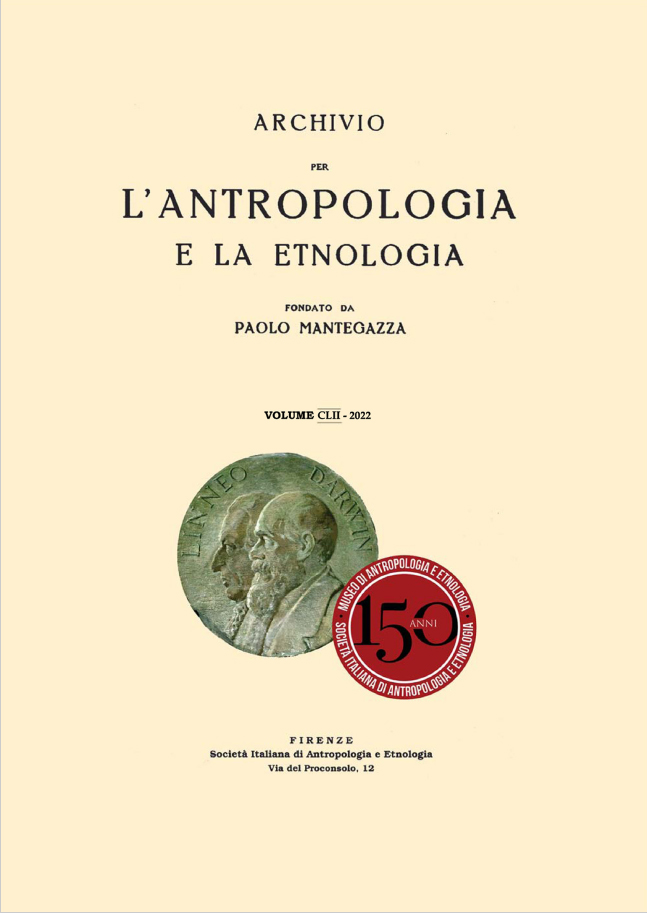Overcoming the chaotic numerology of osteometry. A proposal for a univocal numeric coding system for osteometric measurements of the human skeleton

Published 2022-11-01
Keywords
- anthropometry,
- forensic anthropology,
- standards,
- reliability,
- guidelines
- quality control ...More
How to Cite
Copyright (c) 2022 Matteo Borrini

This work is licensed under a Creative Commons Attribution 4.0 International License.
Abstract
Osteometric measurements have a critical role particularly in forensic anthropology. They allow the objective quantification of morphological characteristics when developing the biological profile of unknown skeletons, rather than relying purely on qualitative
descriptions that are often subjective. Various coding systems for anthropometric measurements have been developed across the years and countries. Currently, there is not a shared classification for the most commonly applied measurements in osteometry. For a
scientific community becoming ever more global and international, the lack of a common language can create impasses and lead to miscommunications between scientists. The problem could become more relevant in mass fatalities and international scenarios. In order to develop a new communal codification model, some imperfections in traditional classifications have been identified and overcome. The new proposed coding is based on a three-number taxonomy. The three cyphers, separated by a dot (#.#.#), indicate the anatomical area of which the measurement is referred (e.g. cranium, upper limb), the single bone (e.g. humerus) or the topographic
region (e.g. neurocranium) measured, and the specific measurement. The third number, an arithmetic progression that identifies every measurement, has been designed to allow the scientific community to introduce new measurements without scrambling the entire series
